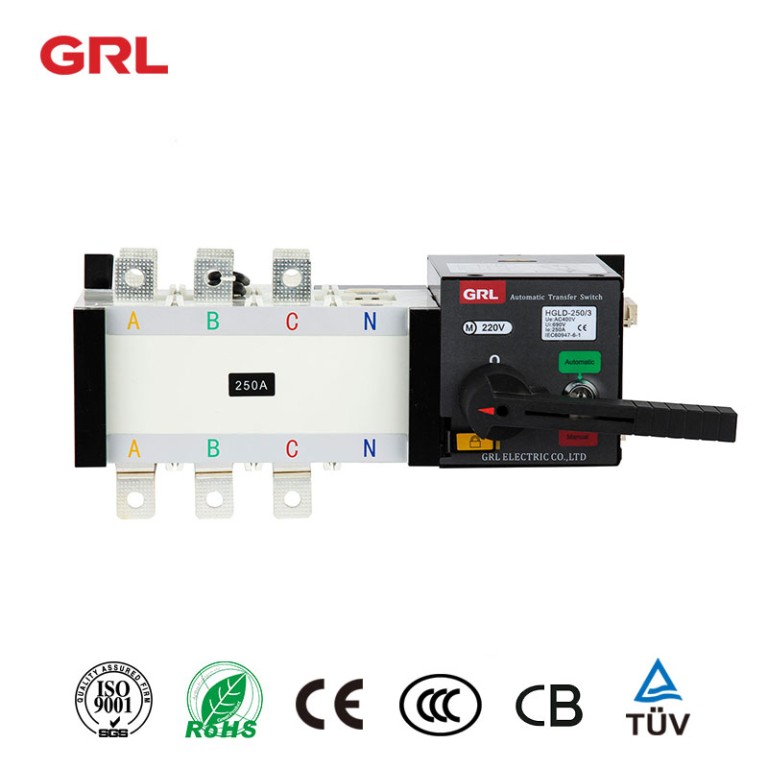
# Automatic Transfer Switch: Ensuring Uninterrupted Power Supply
## What is an Automatic Transfer Switch?
An Automatic Transfer Switch (ATS) is a critical component in power management systems that ensures seamless transition between primary and backup power sources. These devices automatically detect power failures and switch the electrical load to an alternative power source, such as a generator or battery backup system, without manual intervention.
## How Does an ATS Work?
The operation of an automatic transfer switch can be broken down into several key steps:
– Continuous monitoring of the primary power source
– Immediate detection of power failure or voltage irregularities
– Automatic disconnection from the primary source
– Connection to the secondary power source
– Monitoring for restoration of primary power
– Automatic transfer back to primary power when stable
## Types of Automatic Transfer Switches
### 1. Open Transition ATS
Also known as “break-before-make” switches, these create a brief interruption in power during transfer. They are more economical and suitable for applications where momentary power loss is acceptable.
### 2. Closed Transition ATS
These “make-before-break” switches maintain continuous power by briefly paralleling both power sources during transfer. They are ideal for sensitive equipment that cannot tolerate any interruption.
### 3. Soft Loading Transfer Switch
A more advanced version that gradually transfers load between sources, minimizing mechanical stress and voltage fluctuations.
## Key Benefits of Using an ATS
– Uninterrupted power supply for critical operations
– Protection against power fluctuations and outages
– Reduced downtime and increased productivity
– Automatic operation eliminates human error
– Enhanced safety by preventing backfeeding
– Compatibility with various power sources
## Applications of Automatic Transfer Switches
Automatic transfer switches find applications in numerous sectors where continuous power is essential:
– Healthcare facilities (hospitals, clinics)
– Data centers and IT infrastructure
– Telecommunications networks
– Industrial manufacturing plants
– Commercial buildings and offices
– Emergency services and public safety operations
– Residential properties with backup generators
## Selecting the Right ATS for Your Needs
When choosing an automatic transfer switch, consider these factors:
– Power requirements (voltage, current, phase)
– Transfer time specifications
– Number of power sources to manage
– Environmental conditions (indoor/outdoor installation)
– Compliance with local electrical codes
– Maintenance requirements and serviceability
– Integration with existing power systems
## Maintenance and Safety Considerations
To ensure optimal performance and longevity of your ATS:
Keyword: Automatic Transfer Switch
– Perform regular testing and maintenance
– Keep the switch clean and free from debris
– Monitor for unusual noises or behaviors
– Schedule professional inspections annually
– Maintain proper documentation of all maintenance activities
– Train personnel on emergency procedures
## The Future of Automatic Transfer Technology
As power demands grow and technology advances, ATS systems are becoming more sophisticated with features like:
– Smart monitoring and remote control capabilities
– Integration with renewable energy sources
– Predictive maintenance using AI algorithms
– Enhanced cybersecurity for networked systems
– Improved energy efficiency and power quality monitoring
Automatic transfer switches play a vital role in modern power infrastructure, providing reliability and peace of mind for operations that cannot afford interruptions. By understanding their function and selecting the appropriate type for your needs, you can ensure continuous power delivery when it matters most.
